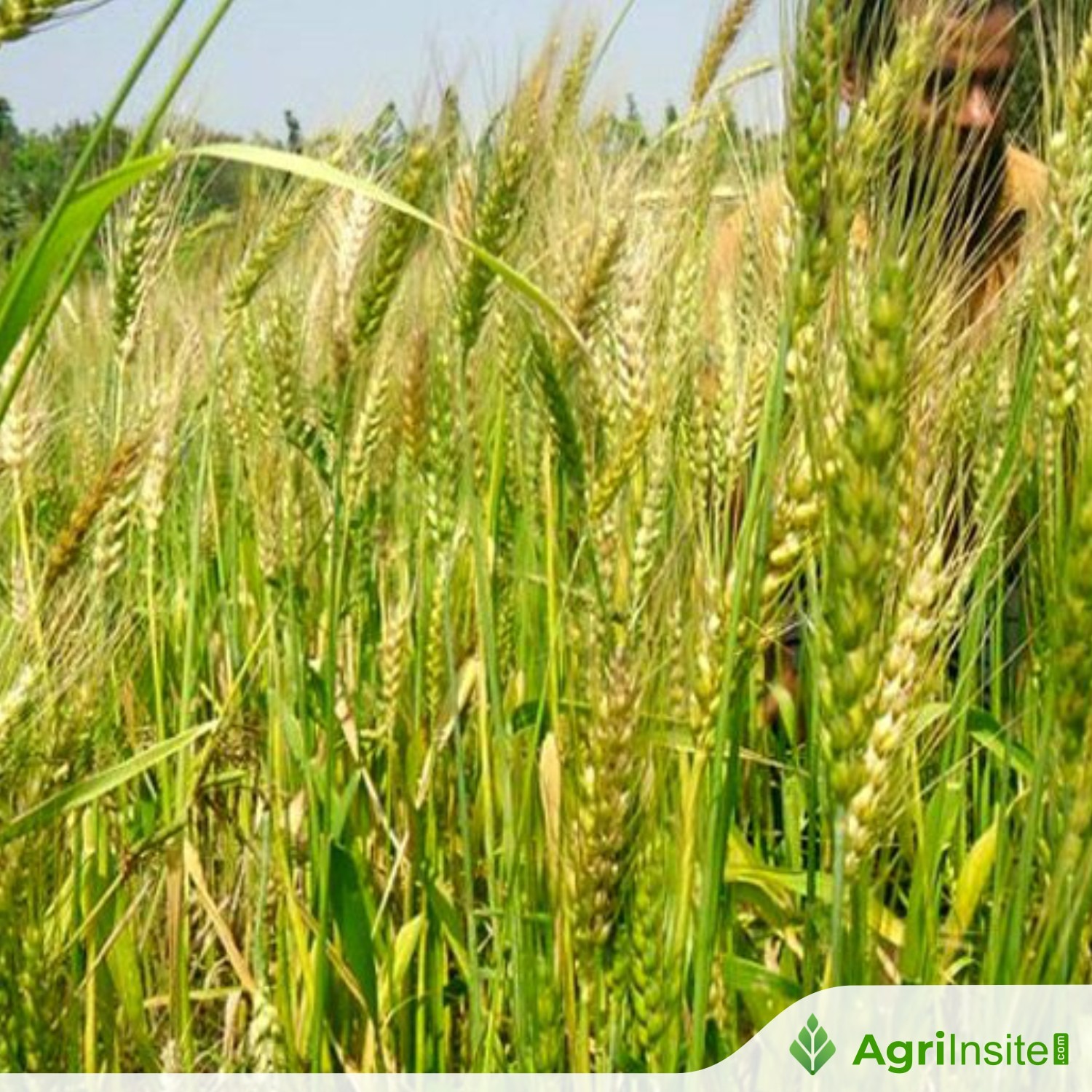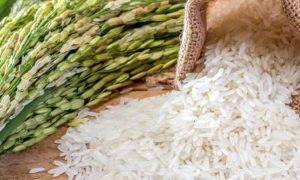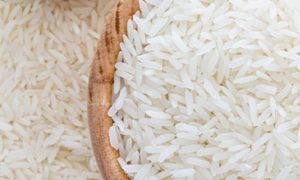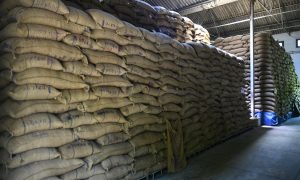Punjab’s paddy trap: Despite years of diversification push, state set for another season of water-guzzling crop

Despite persistent policy efforts, Punjab remains heavily reliant on paddy cultivation, with sowing nearing last year’s record. Farmers favour paddy due to assured MSP procurement, while alternatives like maize lack support and market stability. Experts warn this pattern endangers groundwater and calls for urgent structural reforms to enable true crop diversification.
Despite years of policy push, expert recommendations, and farmer outreach on the need for crop diversification, Punjab remains firmly caught in the grip of paddy cultivation. As of July 21, the state has completed paddy sowing on 30.95 lakh hectares, nearly matching last year’s highest-ever figure of 32.44 lakh hectares, a clear indication that a meaningful change in cropping patterns remains elusive.
According to data from the Punjab Agriculture Department, of the total paddy area sown so far, 25.20 lakh hectares is under non-Basmati paddy, the water-intensive variety largely grown for government procurement, while 5.78 lakh hectares is under Basmati, which is mainly exported and doesn’t come under Minimum Support Price (MSP). Sowing is still ongoing and is expected to inch closer to or equal to last year’s figures.
The grim reality underscores a recurring concern: while diversification has remained a buzzword in policy circles and press conferences, on the ground, farmers continue to rely on paddy as their primary Kharif crop due to assured procurement by the government and a lack of equally profitable alternatives, such as Kharif maize, cotton, and Basmati.
In stark contrast, maize cultivation — often promoted as a key alternative in kharif season due to its relatively low water requirement — has only managed to cover 87,374 hectares in the entire state so far. District-wise, Hoshiarpur leads with 36,000 hectares, followed by Ropar (21,050 hectares), SBS Nagar (8,255 hectares), Pathankot (6,880 hectares), SAS Nagar (4,385 hectares) and Jalandhar (4,350 hectares).
Agriculture experts say this skewed sowing pattern continues to jeopardise Punjab’s already depleted groundwater reserves. “Year after year, we talk of diversification, but paddy remains the default crop. Without strong incentives, robust marketing systems for alternative crops like maize or pulses, and a major shift in procurement policy, we will keep circling back to the same crisis,” said an agriculture official who wished not to be named.
Farmers, meanwhile, cite economic compulsions. “Paddy offers assured returns through MSP procurement, while maize markets are unpredictable. There is no safety net if we experiment and fail. Moreover, the yield of Kharif maize is much lower than that of paddy — maize yields range from 22 to 25 quintals per acre, whereas paddy yields range from 28 to 36 quintals per acre, depending on the variety,” said a farmer from Jalandhar.
“The government-announced MSP for maize is Rs 2,400 per quintal, slightly higher than paddy’s Rs 2,389 per quintal but paddy’s yield is much higher. However, maize is not procured by the government, and private players offer rates far below the MSP. So, only those farmers whose land is unsuitable for paddy, or those who have contracts with ethanol-producing companies, opt for Kharif maize,” added the farmer.
As sowing draws to a close, Punjab once again finds itself trapped in a pattern that threatens both its environment and the long-term sustainability of agriculture. Unless bold, structural changes are implemented, the discussion around diversification may remain just that — mere talk, said an expert from Punjab Agricultural University (PAU), Ludhiana. He pointed out that even PAU experts appear more focused on developing high-yielding paddy and wheat varieties, rather than promoting the research of the seeds of alternative crops at the same pace.
To Read more about Rice News continue reading Agriinsite.com
Source : The Indian Express















